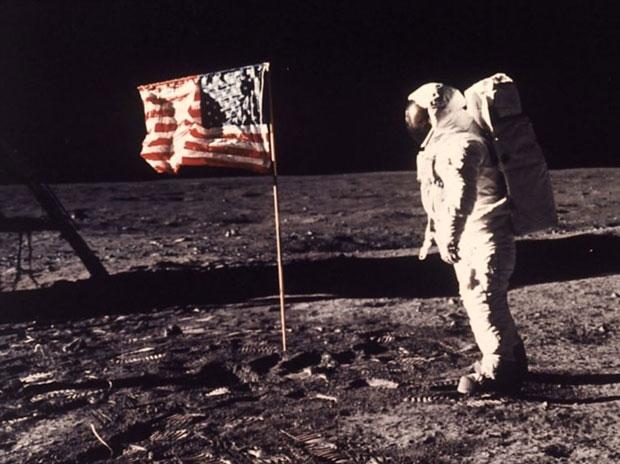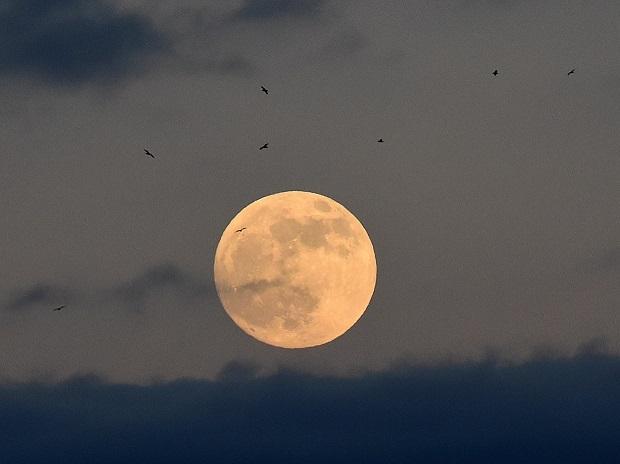
International News
I still remember a cartoon in a newspaper in July 1969, just before the first Apollo moon landing. It showed the ground crew reminding the astronauts as they boarded their rocket, “Don’t forget to bring back some rock!” This was a nod to an old holiday cliché – people who went to the seaside were often asked to bring back some “rock”, referring to rock candy. It wasn’t very funny, but it does demonstrate that, once the race against the Soviets was won, the point of it all was to find out about the moon’s geology.The scientific value of landing on the moon would have been diminished without studies to establish the context of the landing sites. The primary consideration was to touch down somewhere safe, but rocks collected from these places would have conveyed much less information had effort not gone into working out the nature of, and more importantly the relationships between, the rock units from which the samples were collected.
This was done by making detailed geological maps, using the same principles that geologists use on Earth.
Cartography vs geological mapping
Telescopic observers had already begun to draw general maps of the moon’s near side (which is all that can be seen from Earth) in the 1600s. These were essentially exercises in cartography, documenting what the moon looks like. Soon names were being marked to label individual features, but this was just a convenient way to identify them. It wasn’t based on any actual understanding.
By contrast, geologists make maps to gain insight into the history of a region. They distinguish tracts of terrain of which the ages – and therefore possibly origin and composition – can be deduced to be different. This is usually achieved by working out what is on top of what (younger layers will generally be on top of older layers) and cross-cutting relationships (younger features can cut across older ones, but not vice versa)...Read More


